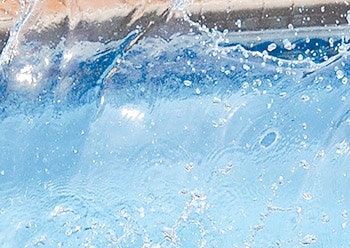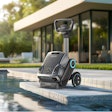
Inventors dream about new technologies or new applications that could make the world more comfortable or safer. The dream is the most important part, because often the step between a dream and a new product is a small one.
With that in mind, some technological dreamers are imagining systems that could prevent drowning even when no lifeguards are around.
Computer-based imaging systems at swimming pools already alert lifeguards when a body is underwater too long, but these systems are still rare and they do not work in natural bodies of water.
New Scientist magazine reports that Ken Sakamura and his colleagues at the University of Tokyo have created an Artificial Intelligence system that can sense the jerking, flailing movements of a swimmer in trouble. The system contains pressure sensors that detect the waves that pass through water as the result of a swimmer’s movements. Software in the system identifies these pressure wave profiles and distinguishes normal from distressed movement.
The system could be used to trigger a body-worn floatation bag, which would provide buoyancy automatically to a floundering swimmer. The team from Tokyo presented their ideas at the International Conference on Consumer Electronics in Las Vegas, Nevada, on January 12.








































